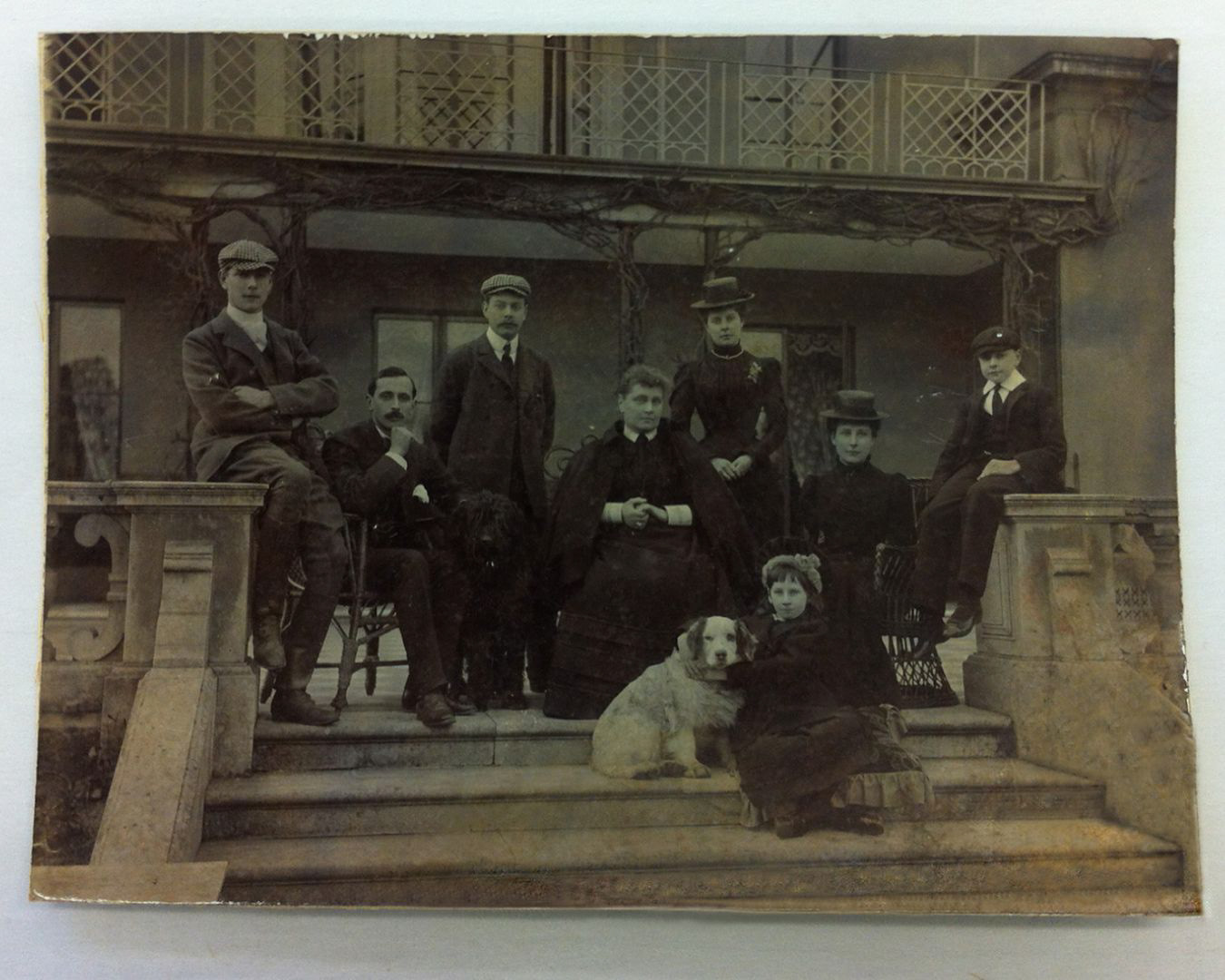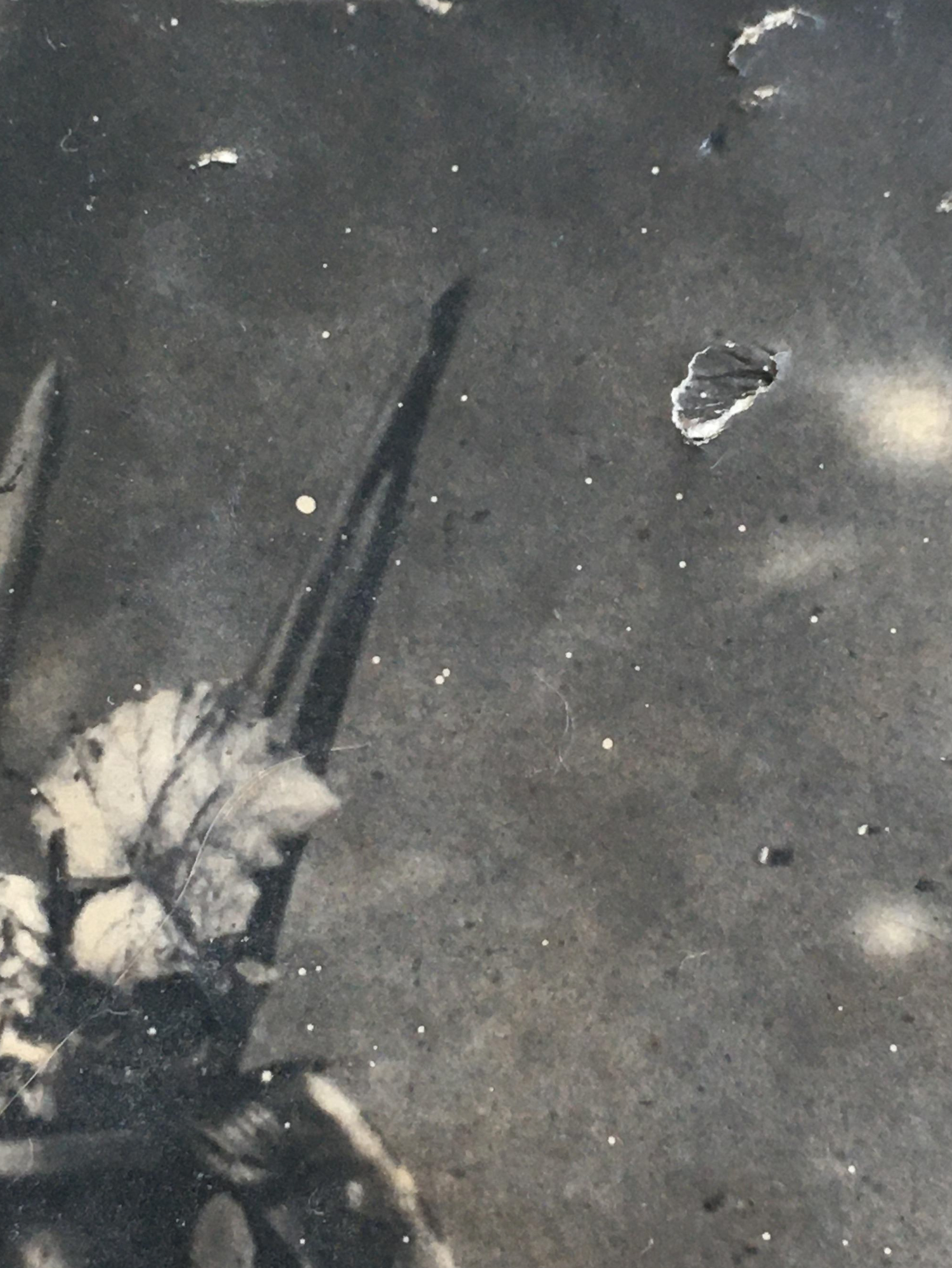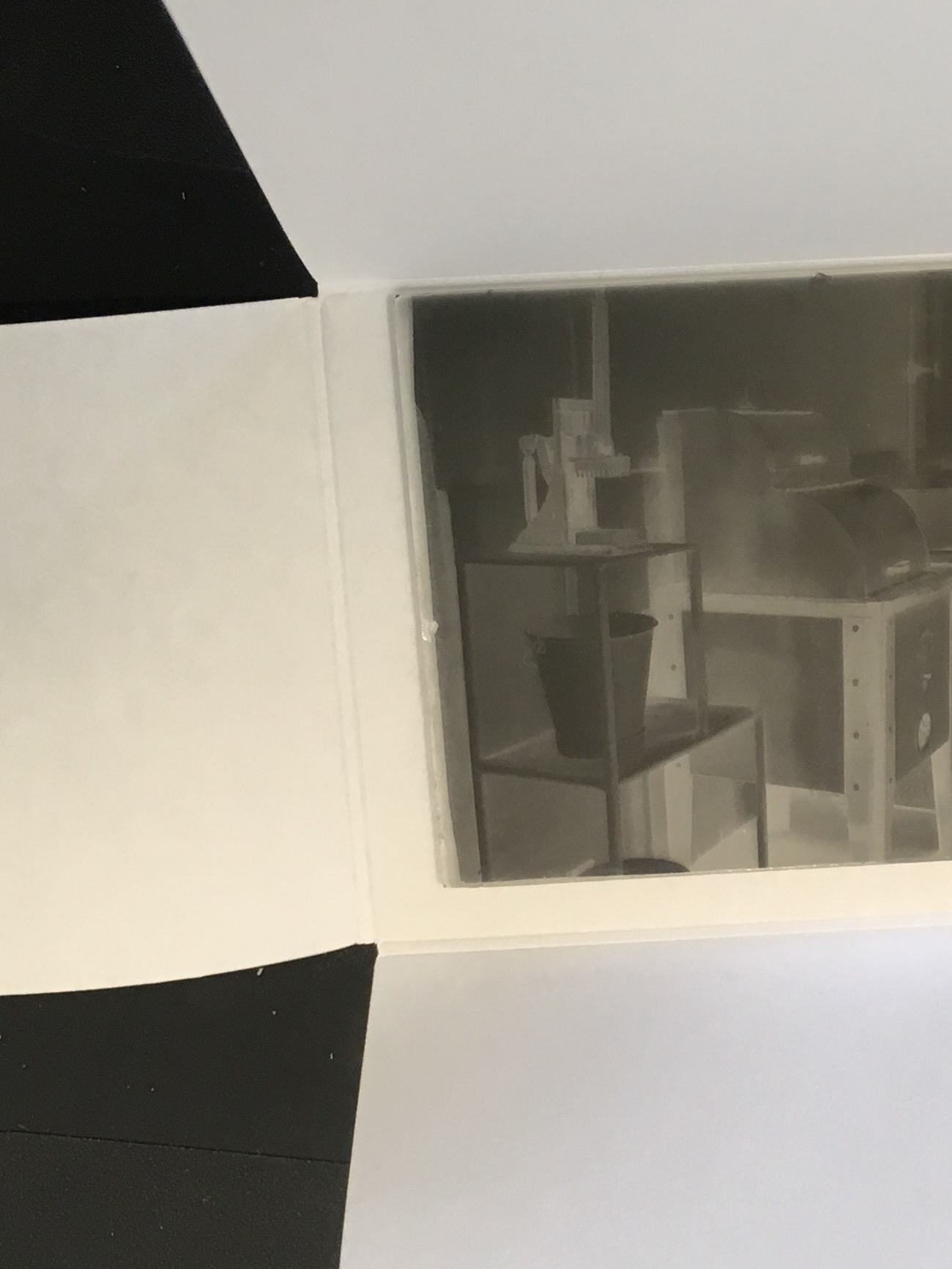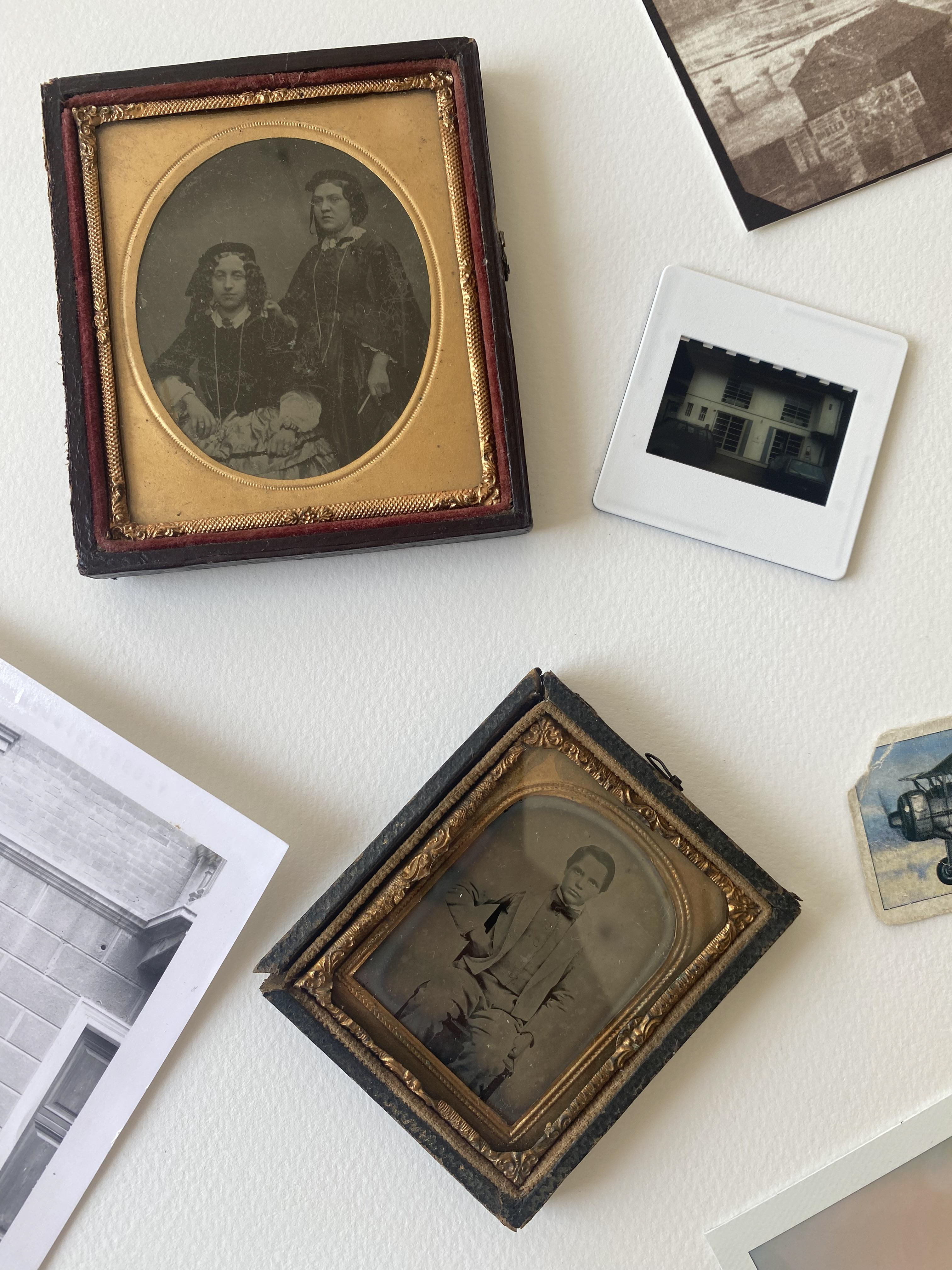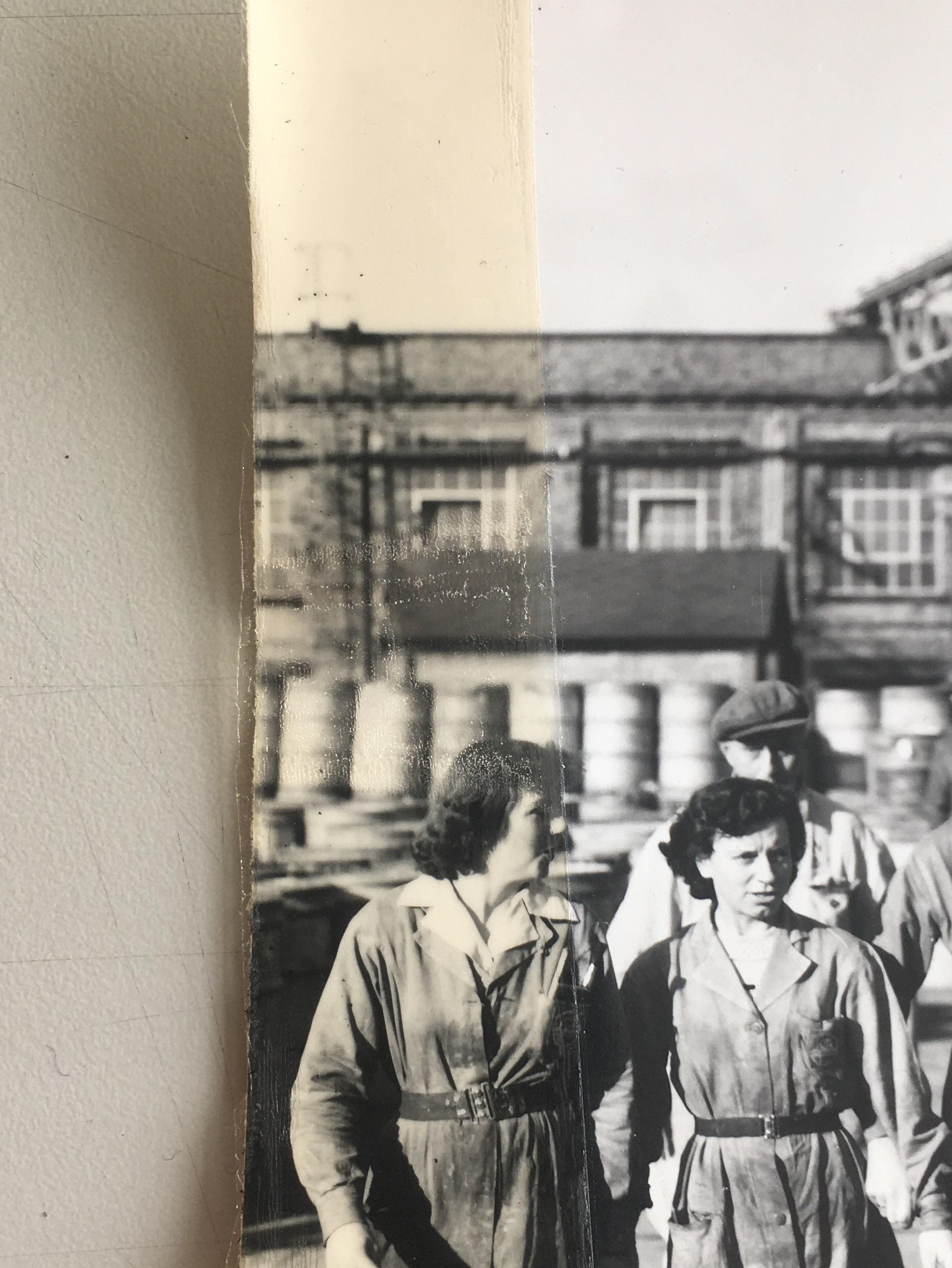In some cases, the physical conservation of an object is not possible or desirable, in which case digital restoration may be the most appropriate option. This approach preserves the original object without the need for further, potentially intrusive treatment, while also producing a digital surrogate that enhances accessibility.
However, digital restoration carries its own ethical challenges, as it introduces the risk of altering or falsifying original information. To uphold accuracy, interventions should only be made where missing visual details can be clearly supported by evidence within the image itself.

